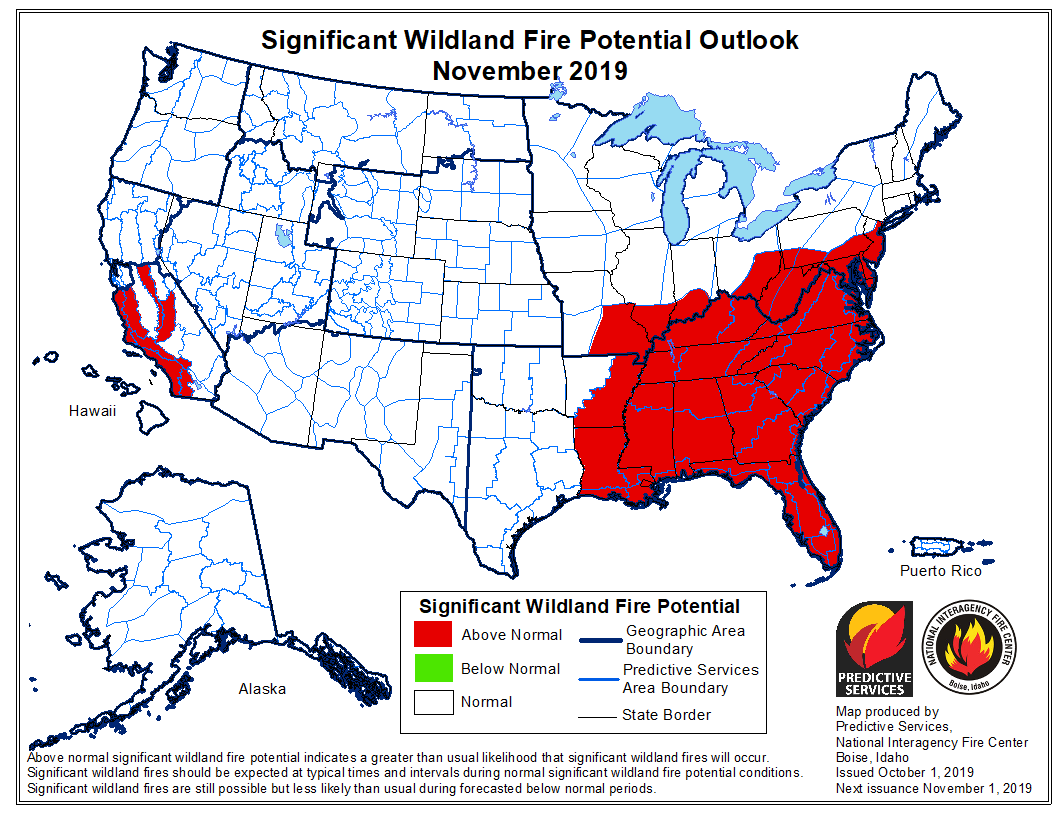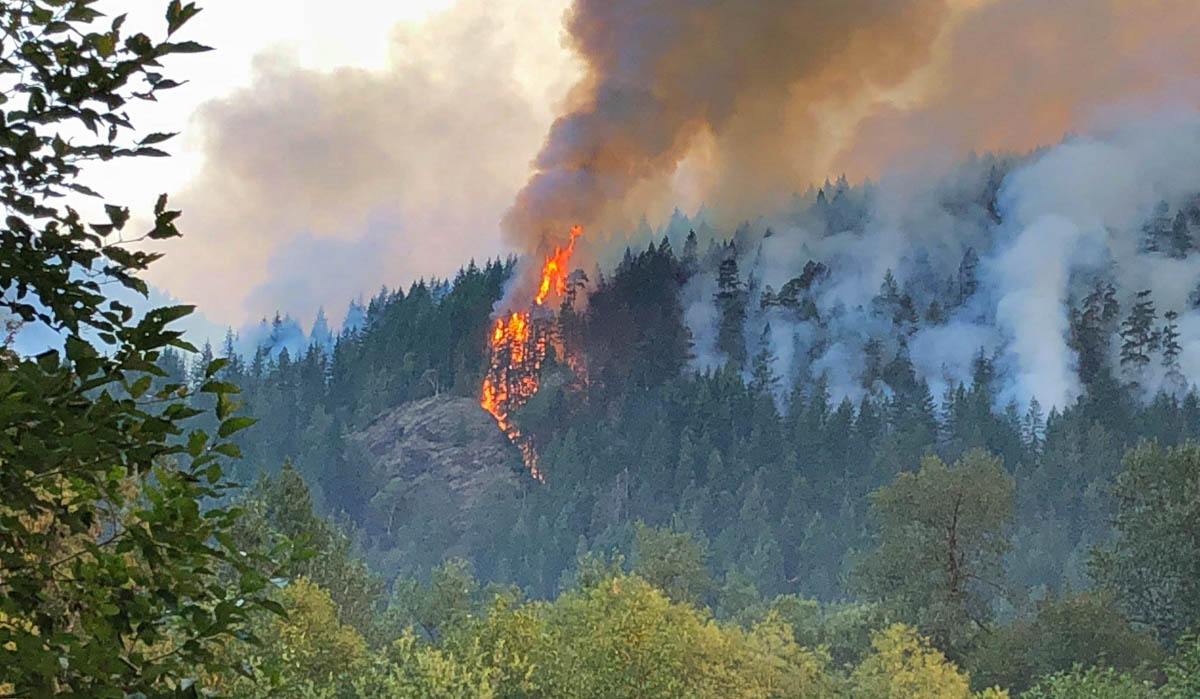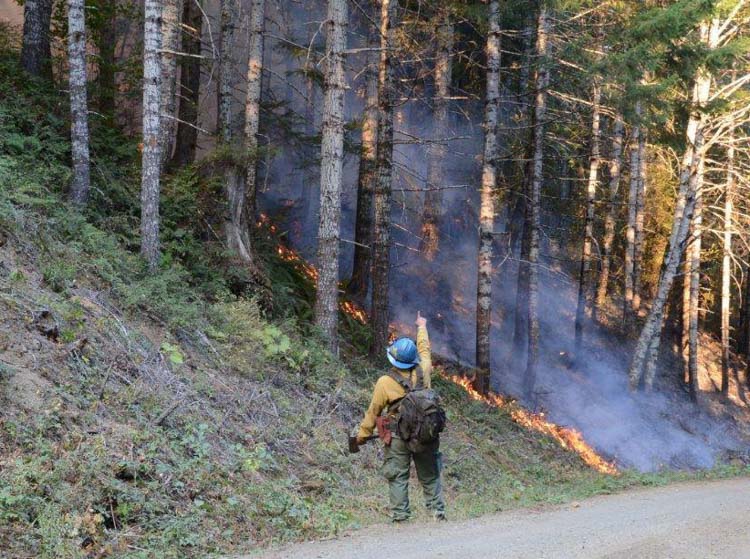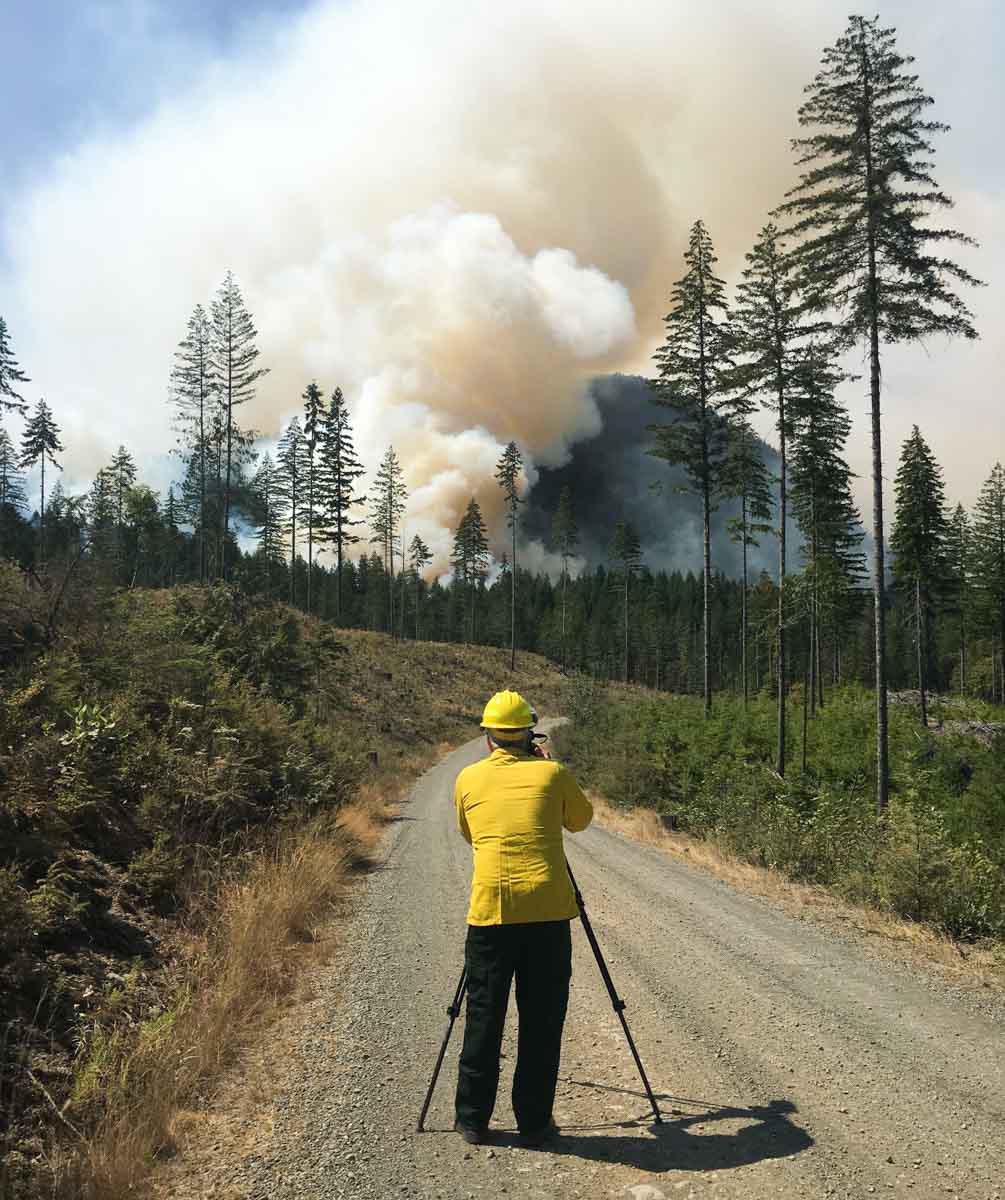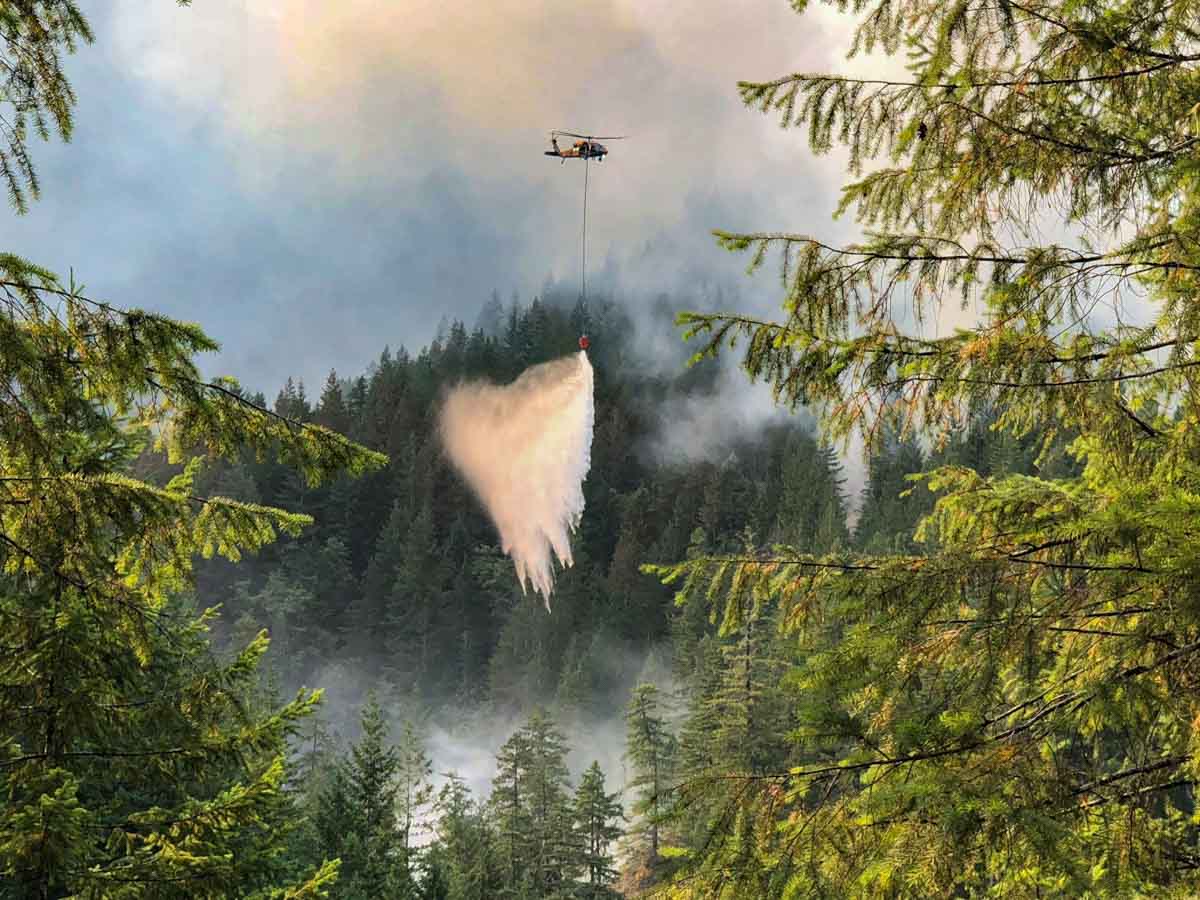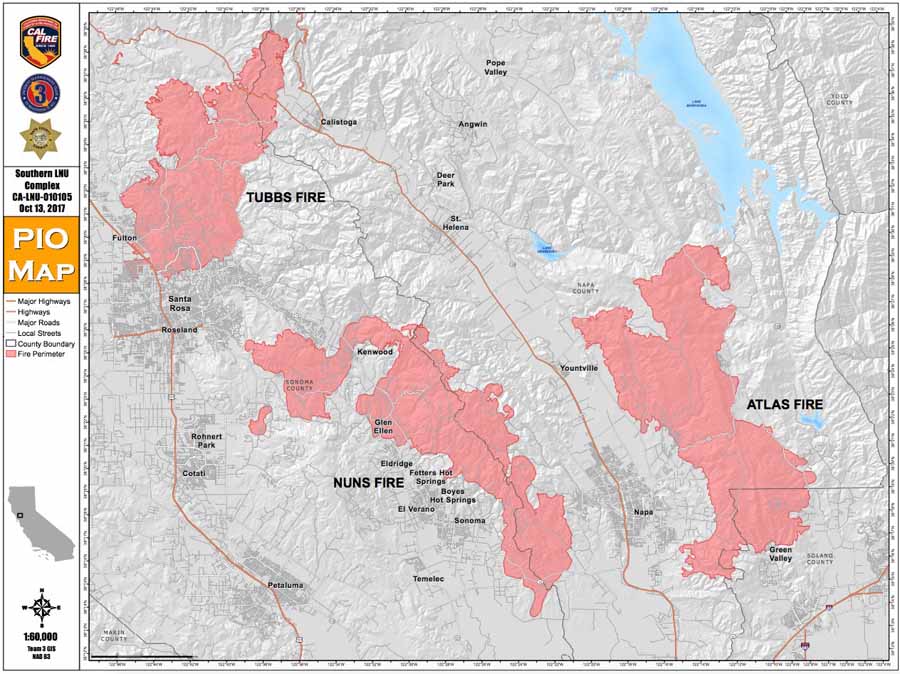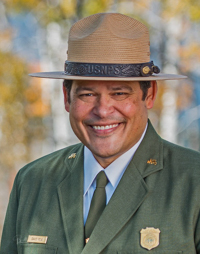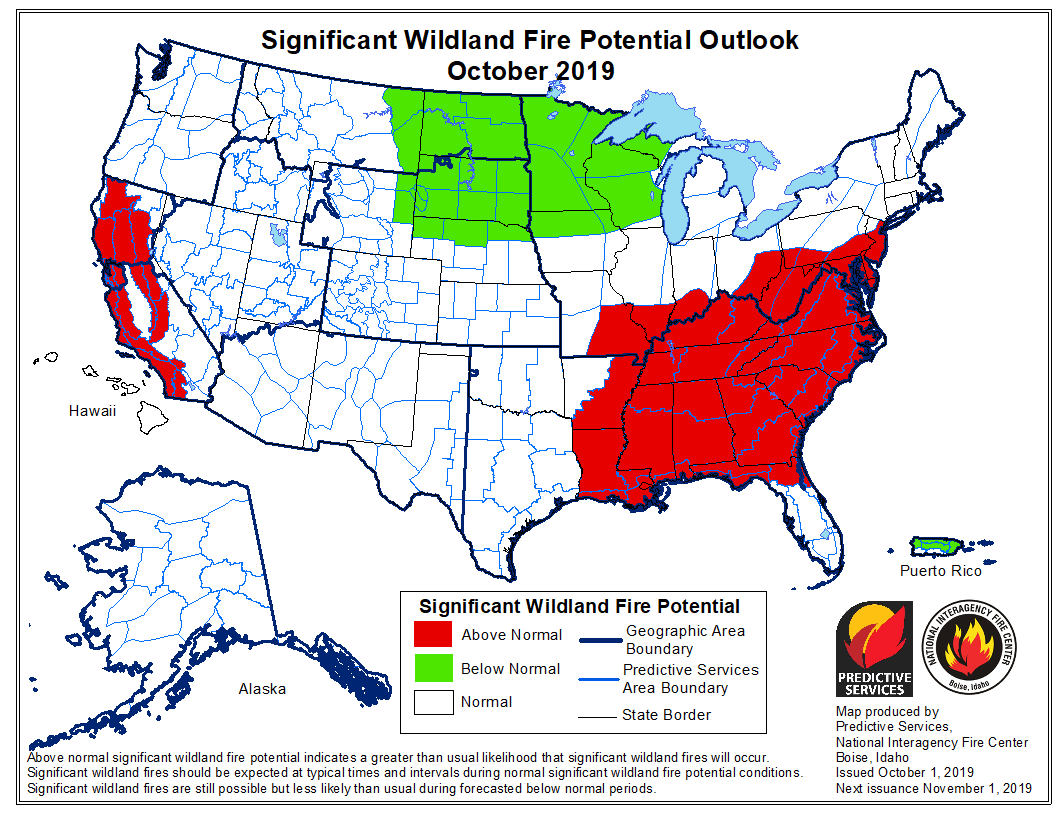 On October 1 the Predictive Services section at the National Interagency Fire Center issued their Wildland Fire Potential Outlook for October through January. The data represents the cumulative forecasts of the ten Geographic Area Predictive Services Units and the National Predictive Services Unit.
On October 1 the Predictive Services section at the National Interagency Fire Center issued their Wildland Fire Potential Outlook for October through January. The data represents the cumulative forecasts of the ten Geographic Area Predictive Services Units and the National Predictive Services Unit.
If NIFC’s analysis is correct, the Southeastern United States and areas of California will have areas with above average potential for wildfires through December.
Below:
- An excerpt from the NIFC narrative report for the next several months;
- More of NIFC’s monthly graphical outlooks;
- NOAA’s three-month temperature and precipitation forecasts;
- Drought Monitor;
- Vegetation greenness map;
- Keetch-Byram Drought Index.
From NIFC:
“Both [California and the Southeast] appear to have areas of elevated large fire potential entering the fall, especially across the Southeast where drought is emerging in the Appalachians. In California, fuels remain receptive to fire activity under critical fire weather conditions in the middle and lower elevations. The grass crop remains dense. This should remain a concern heading through October, November, and into December. In the Southeast, the persisting dry conditions will allow for the fuels to continue to dry which will allow for the large fire potential to continue to gradually elevate until the frequency of passing weather systems begin to increase in December and January.”
Continue reading “California and the Southeast expected to have above normal wildfire activity”

